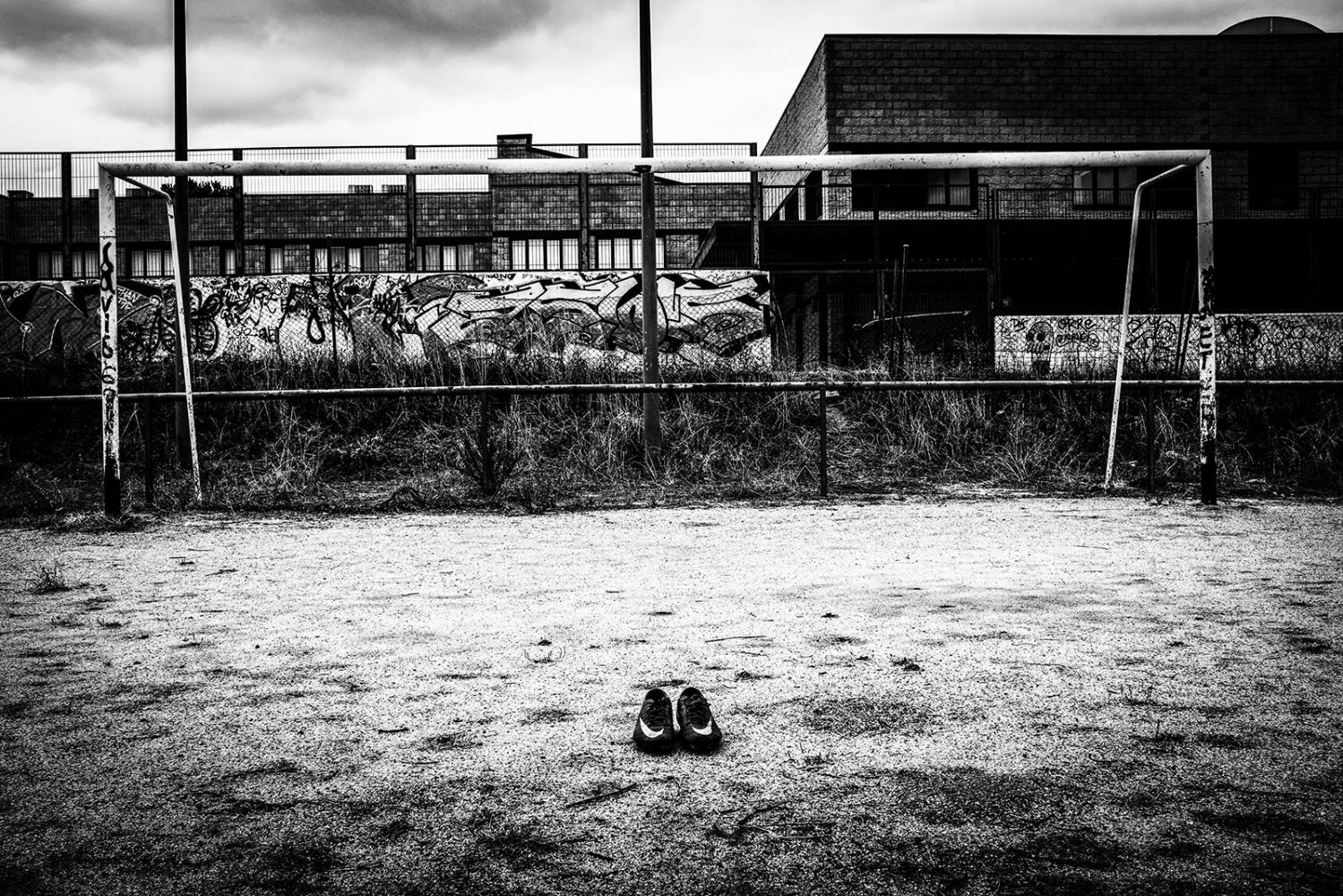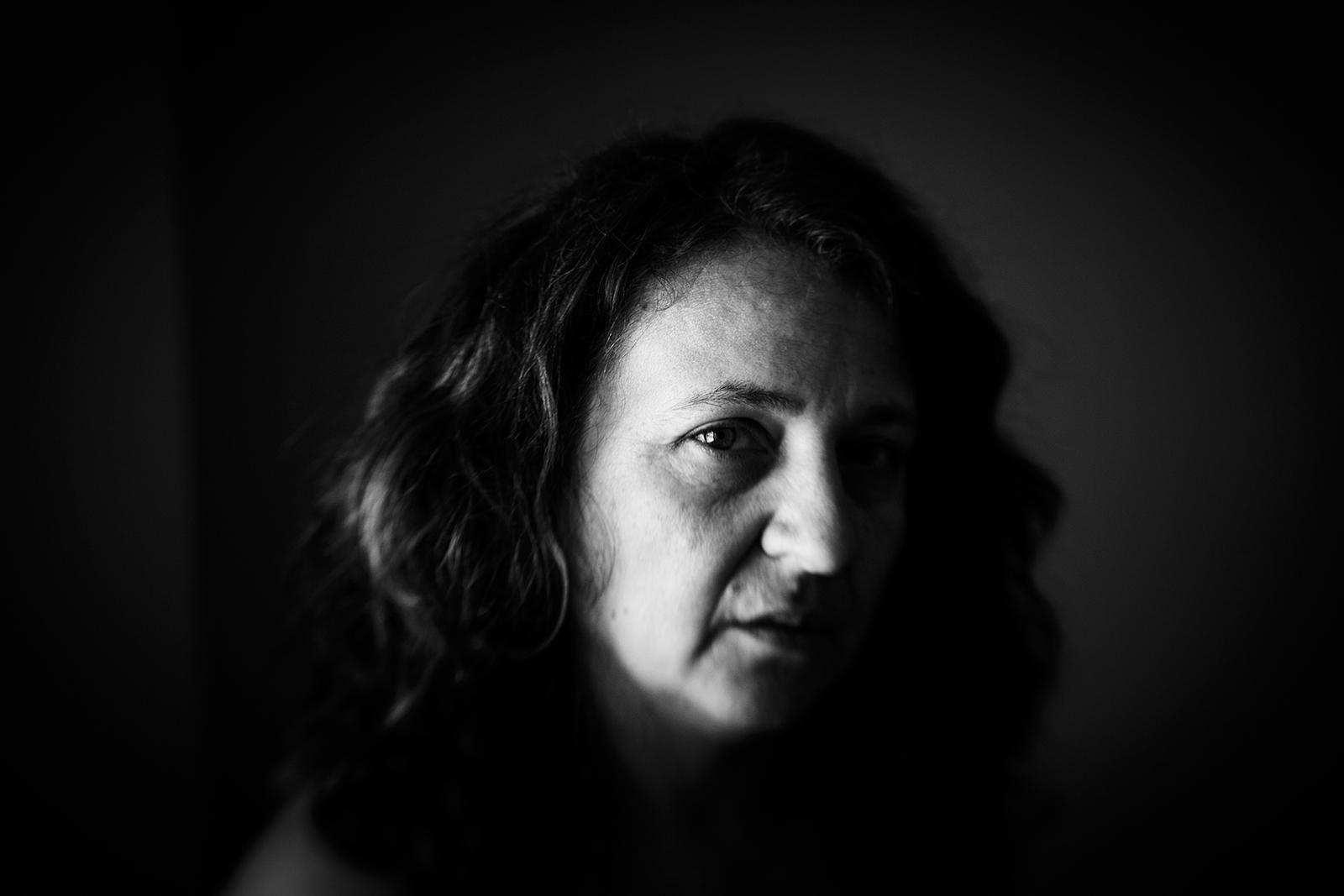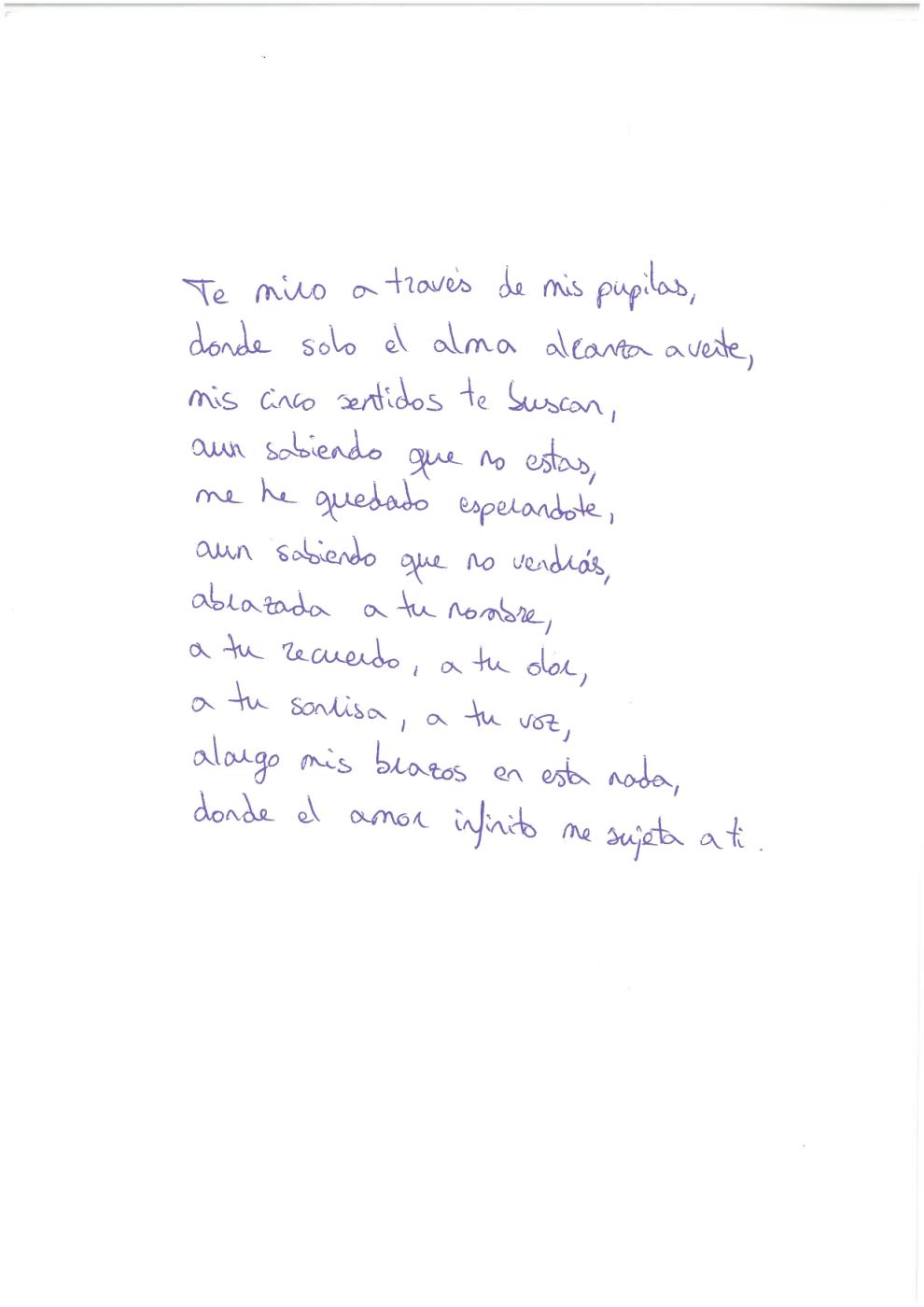Taboos and silence persist around the topic of suicide, notwithstanding the World Health Organization's estimation that it represents the most critical public health issue in Europe. Globally, over 700,000 individuals die by suicide annually, equating to one person every 40 seconds, making suicide the second leading cause of death among those aged 15 to 29.
Suicide correlates with the level of happiness experienced by a person. This act isn't a choice but rather a response to excruciating pain that surpasses the coping mechanisms available. Those who attempt suicide endure immense suffering, prompting them to consider taking their own lives to halt that suffering. They aren't seeking attention, as commonly misconceived; rather, they are individuals seeking to end the overwhelming feelings of loneliness and sorrow that hinder their ability to find happiness.
In Spain, according to the National Institute of Statistics (INE), in the year 2022, 4097 individuals died by suicide, averaging eleven deaths per day. For each person lost to suicide, their immediate circle inevitably becomes involved: family, friends, individuals who will carry the emotional impact indefinitely.
On August 13, 2012, Alejandro (20 years old) left his uncle's bar to smoke a cigarette and he was never seen alive again. His autopsy revealed it was an act of suicide. No prior history, no disorders, no family rifts, and no apparent motives were evident. Since then, his family and close ones have been grappling with the unanswered question of why he took that step.
This essay strives to bridge society's understanding of the physical and emotional void left after losing someone to suicide. It delves into the mourning process, the healing power of memories, and the significance of preserving the memory of the departed individual. By sidestepping taboos and censorship, the multimedia project openly shares the experiences of those who have survived the aftermath of suicide. Through a series of interviews, it sheds light on their journeys and emotional landscapes.
Vacío. Supervivientes del suicidio.
El suicidio es proporcional a la felicidad que experimenta una persona. Esta acción no se elige, sino que sucede como una respuesta a un dolor tan intenso que sobrepasa las herramientas que tenemos para afrontarlo. Una persona que intenta suicidarse padece tanto que decide quitarse la vida para dejar de sufrir. Tampoco son personas que intentan llamar la atención, como erróneamente se piensa. Son personas que quieren acabar con el sentimiento de soledad y de desconsuelo que les impide ser felices.
En España según el INE (Instituto Nacional de Estadística) durante el año 2022 se suicidaron 4097 personas, una media de once al día. Por cada individuo que fallece por esta causa las personas de su entorno más cercano se verán inevitablemente involucradas: familiares, amigos, personas que quedarán emocionalmente afectadas para siempre.
El 13 de agosto del año 2012 Alejandro (20 años) salió del bar de su tío a fumar un cigarro y nunca más se le volvió a ver con vida. Según su autopsia se trató de un acto suicida. No había antecedentes, no había ningún trastorno, no había una familia desestructurada ni ruptura de una relación, no había ningún motivo aparente. Su familia, y todos sus allegados se preguntan desde entonces por qué lo hizo.Este ensayo pretende acercar a la sociedad el vacío físico y emocional que se crea después de perder a un ser querido por suicidio. Desde el duelo y los recuerdos que empleamos para sanar y, la actitud de mantener la memoria de la persona viva. Obviando tabús y censura, el multimedia del trabajo habla abiertamente en una serie de entrevistas la experiencia de supervivientes del suicidio.
























